Porsche 911 60 Years
by Randy Leffingwell

“That evening, he visited engineering director Helmuth Bott at his office in Weissach. On the wall, Bott had a large bar graph that traced out production life spans of Porsche’s products. The 928 ran for five years. Around that time, the 924 became the 944, and that ran another five years. ‘The 911 was just a short bar and it stopped,’ Schutz recalled in an interview in 2012. ‘I thought about everything I had heard. I walked to Mr. Bott’s desk, picked up an indelible marker, and I ran the line off the end of the graph, kept going on the wall to the corner, around the corner, and onto the next wall.’ The future suddenly had no end.”
There are people, car people even, who barely notice a 911 on the street (what??), probably because they see so many, and they can’t tell one from another (what??). There is so much excitement packed into that one excerpt we selected above that, just from an automotive history standpoint, your heart should be beating at least a little bit faster now. And if you really are not moved by the 911, let this book show you what all the hoopla is about!
Just to give US readers an extra nudge, realize that the “he/Schutz” referred to is then freshly installed Porsche president and CEO Peter Werner Schutz (d. 2017), a German-born American who had come from Caterpillar, Cummins, and heavy diesel engine maker KHD who had taken the job only after a dozen other candidates, including one Bob Lutz, had turned down the gig because all Ferry Porsche had to offer was “labor problems and disappointing sales.” C’mon, how is this not exciting?!
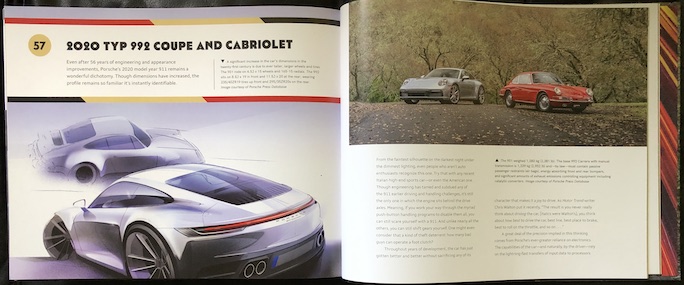
Right page: the family resemblance is obvious.
It’s one thing to ask if the world needs another 911 book; it’s another to ask if the world needs another 911 book by the author who himself has contributed so significantly to the body of literature. Well, if best-selling Porsche author Randy Leffingwell says yes, we’d better take a look.
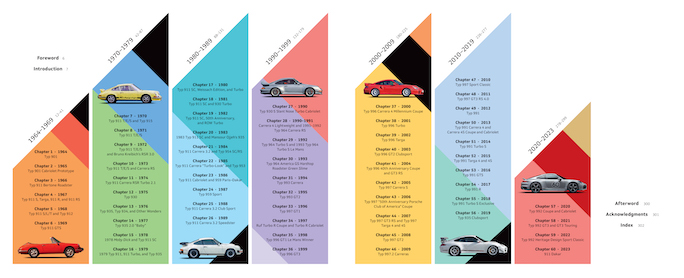
There’s only so much you can do with a Table of Contents, and someone really thought about how to make this one look memorable. But do ponder this: in the interest of a clean design, only the “decades” called out at the top of each block have page numbers but not the individual chapters within each block.
Let’s take a cue from the subtitle: 60 Years. To be sure, Leffingwell had done a 50-year book, in 2013, and just for good measure another one in 2019 called The Complete Book of Porsche 911: Every Model Since 1964 (all for the same publisher). So, was there really anything new in the last decade? Well, certainly for 911 geeks, ahem, enthusiasts. The 2013 book had ended with the liquid-cooled cars that brought the 911 into a new era (996, 997, 991) so for the 2024 book we have a few more 991s, the 935 that started in 2019, and the 992 in 2020. Endless model numbers . . . one of the decidedly unsexy things about Porsches, and kind of a barrier to newbies. Just to emphasize how much there is to say about the 991 model, consider that an entire book about just it is slated for later this year, Porsche 911 (991) The Definitive History 2011 to 2019 by that other serial Porsche chronicler, Brian Long.
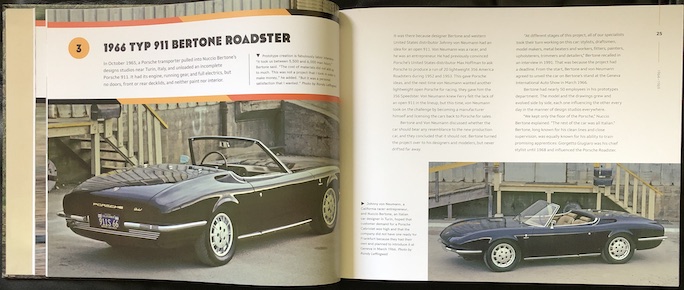
A lovely, sporty, sexy car, this Bertone. But without the badging would you even recognize it as a Porsche? And would it have aged well?
911s are so ubiquitous in the landscape that it is too easy to forget just how long this model has been around. Also, it’s too easy to stop appreciating just how hard it is to keep a car relevant for such a long time. (Just by the by, Speedreaders has been around for now 14 years . . .) To really underline that point, the book begins with those design ideas that did not gain traction, and, by extension, with the various factions that pushed competing ideas. The 911 seems so “right” right from the start that it is almost chilling to ponder how differently it could have all played out.
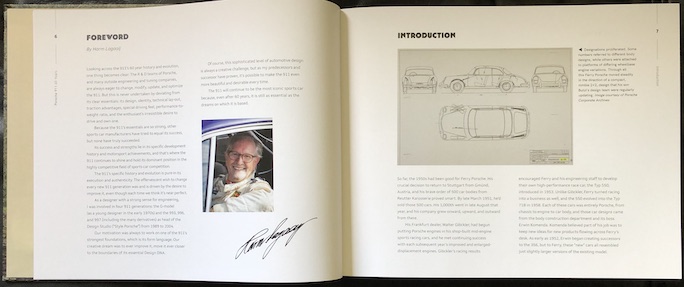
An early design proposal. The four-seater was drawn simply because Ferry Porsche was unsure of what the buying public expected of a future Porsche, which, absent any directive from the chief, left the designer to guess . . . and all he had to go by was “regularly noting his boss’s admiration of big American cars” when they went to car shows together.
Unless you take a nap between this spread and the next you will be alert enough to observe that the same caption shown here repeats two pages later—but next to a different blueprint. This is no great loss because in neither case does it say anything very specific to the illustration so you’ll have to figure out from the body copy and with a magnifying glass that both are Type 695 but at different stages. Neither was built. And dwell for a moment of the size of the steering wheel: either it is very small or the car is oddly wide.
Strictly speaking, the book begins with the end of the previous model’s era, the 356, which had basically been a surprise hit for the company, and at a time when the future was anything but certain. That model had looked dated the moment it roared off the assembly line. And there wasn’t much of a roar either, but it was sturdy and gained a reputation in motorsports. That its looks and packaging wouldn’t have aged well makes it all the more remarkable that the original design and engineering choices, and the fundamental “philosophy” of the 911 series would turn out so adaptable to the requirements—and fickle tastes—of a future we now measure in decades.
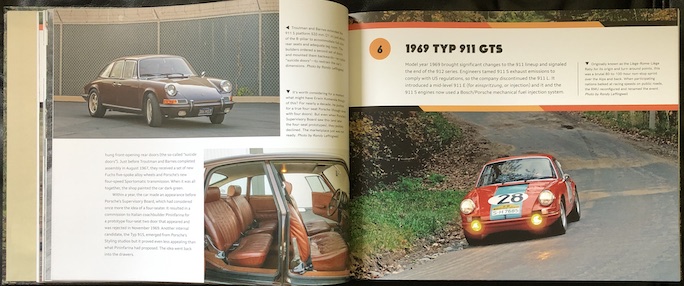
And you thought the Panamera was Porsche’s first 4-door model . . .
And decades, that’s how this book is organized: 60 years ->60 chapters ->one model per year. Well, occasionally there’s more than one model or variant when there is a specific connection. It doesn’t matter how many 911 books you have, a new one never hurts and this one is not expensive, really good-looking, well written, and nicely designed and produced—all of which are attributes of a proper Motorbooks title (and let’s not forget a fine Index)—and none of them are easy to achieve. In that regard, the book is a variation of a key theme that runs through it, right from Porsche Design Studio’s long-time chief Harm Lagaaij’s Foreword: continuously improving on the seemingly unimprovable. (Cheap thrills: pay yourself a quarter every time you find his name spelled differently on the Almighty Interweb, even by Porsche sources, and you’ll have the 60 smackeroos for this book in no time.)
Copyright 2024, Sabu Advani (speedreaders.info).


 RSS Feed - Comments
RSS Feed - Comments
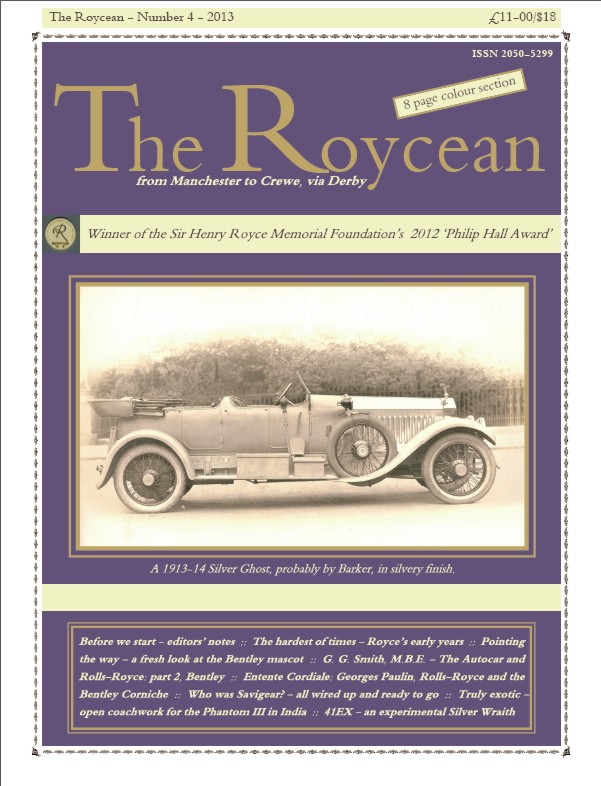

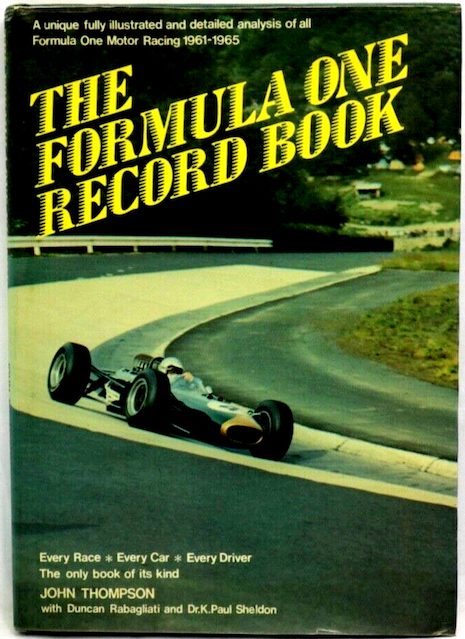
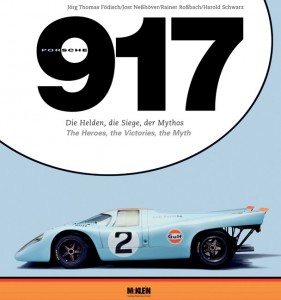



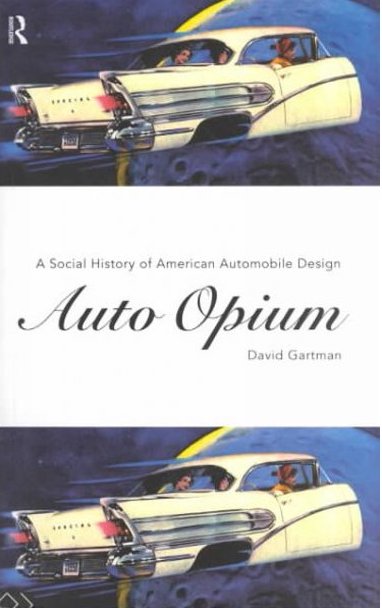


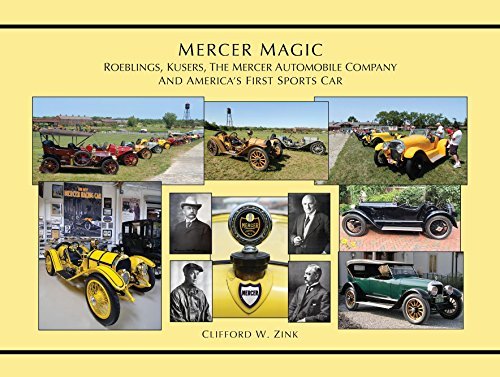
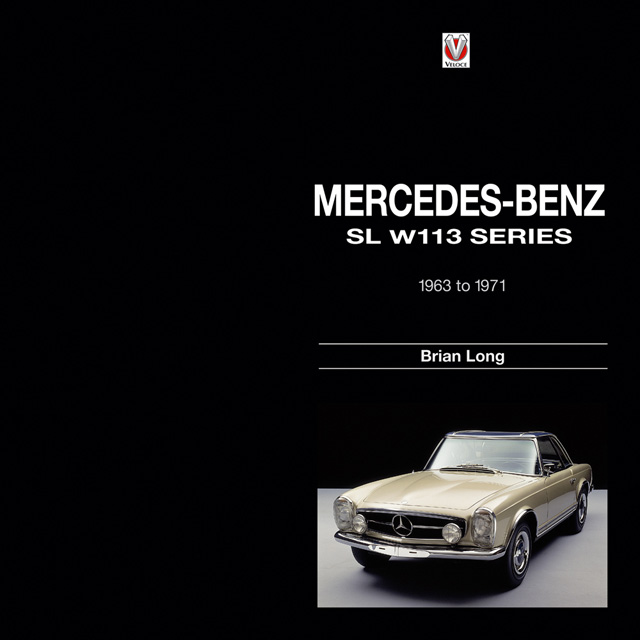



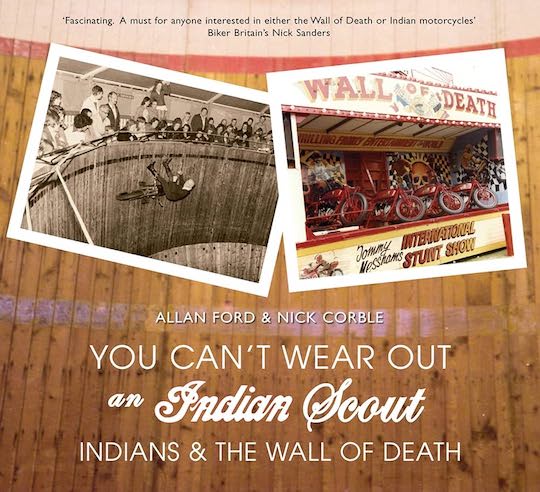

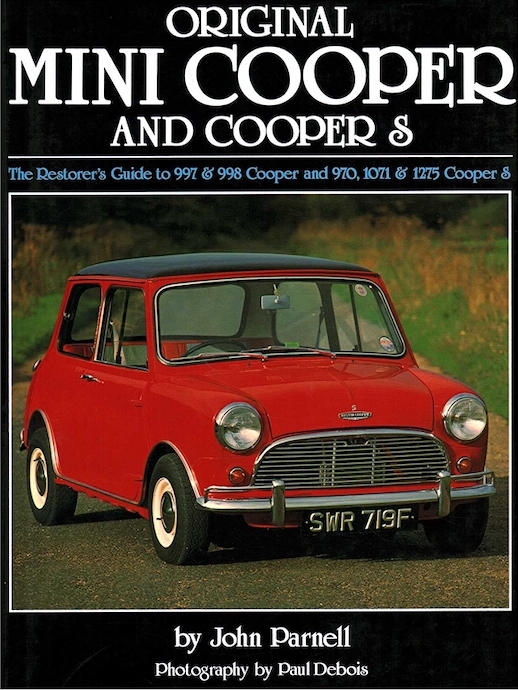

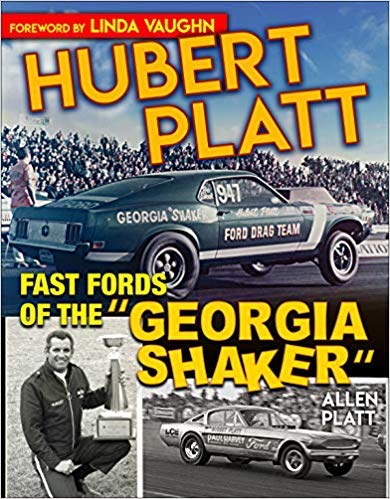
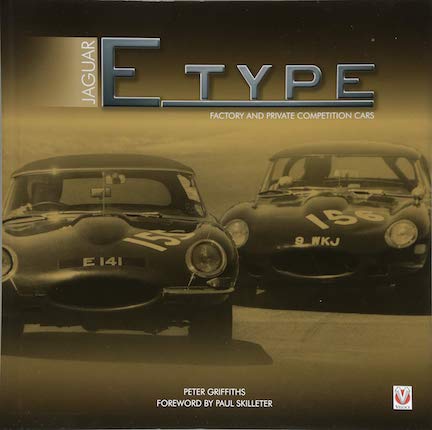

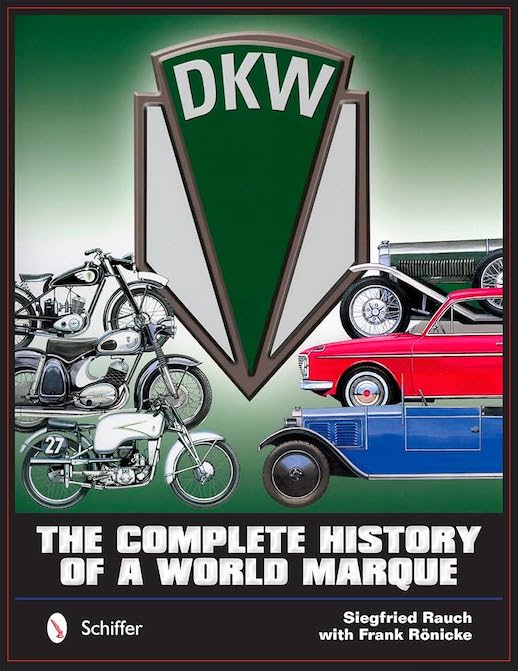


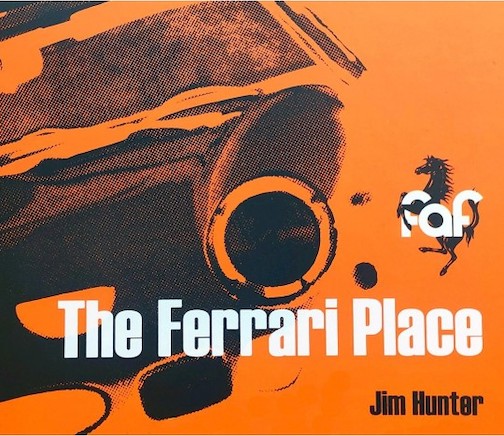

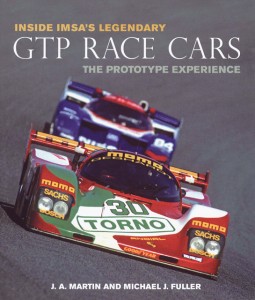

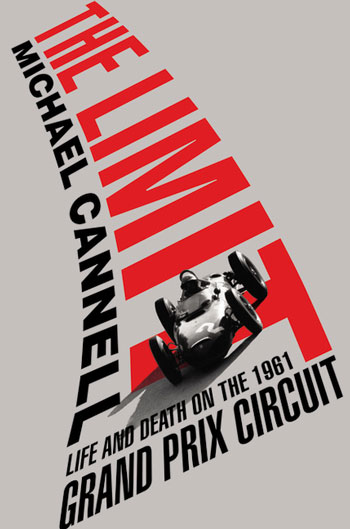

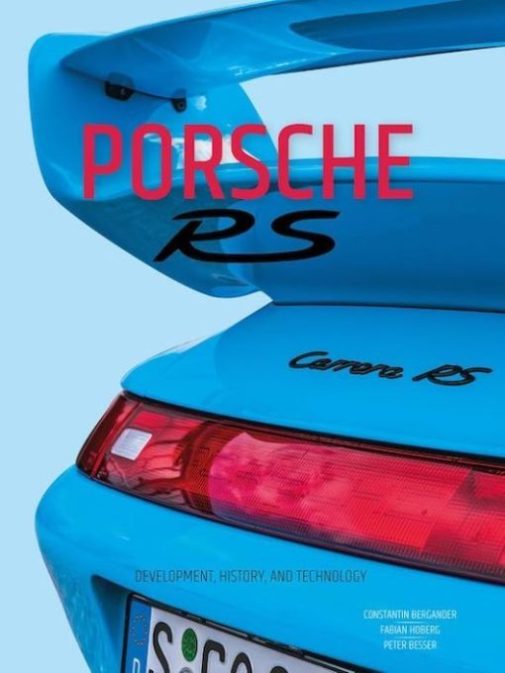





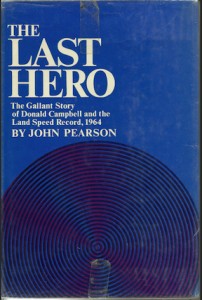





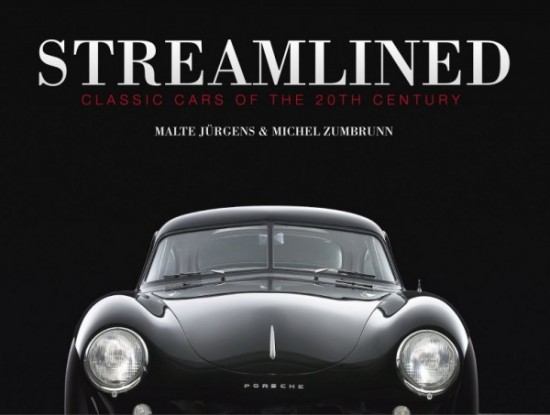


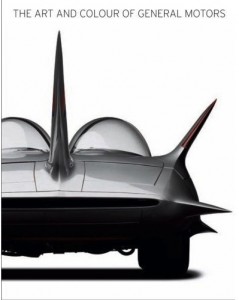
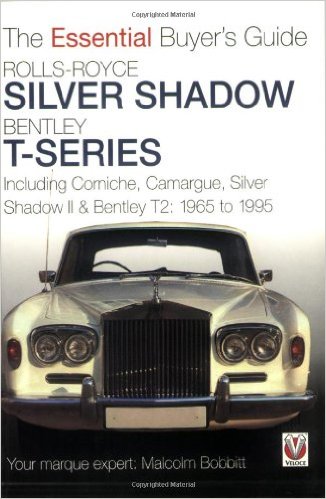

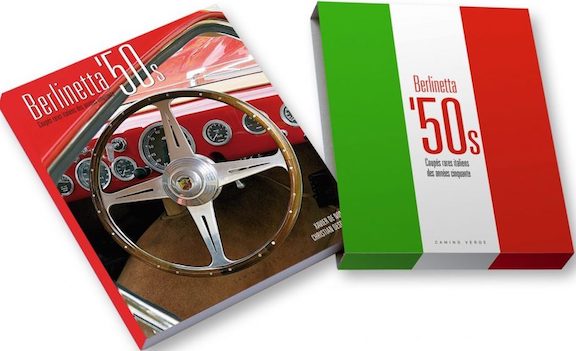

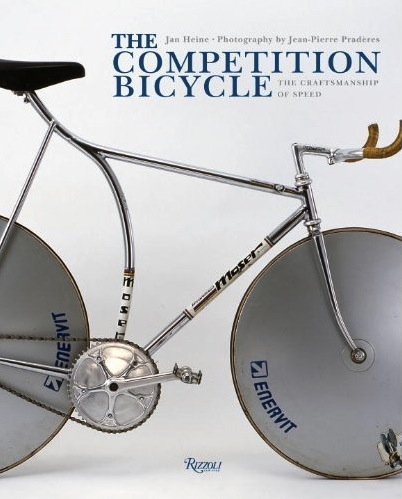
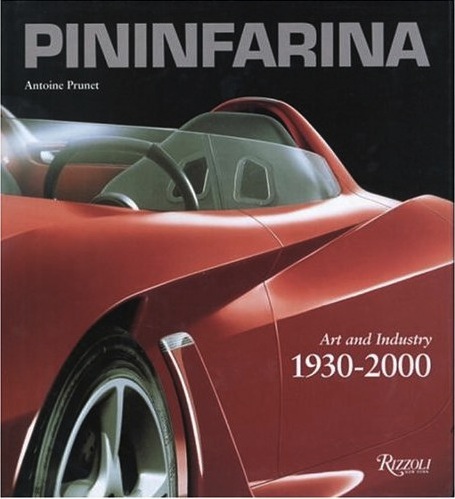








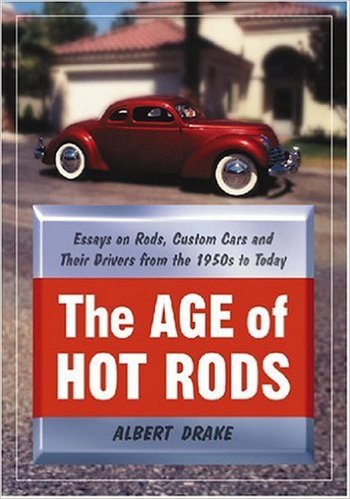
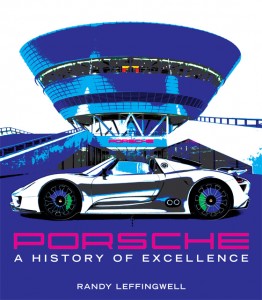
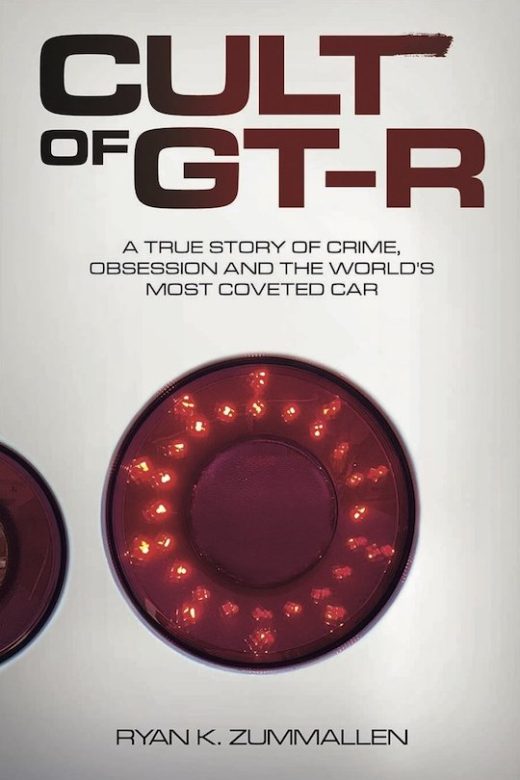


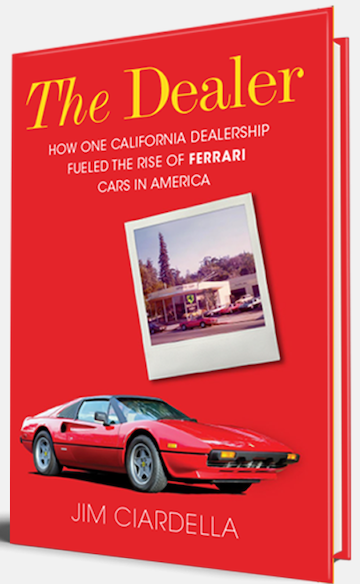

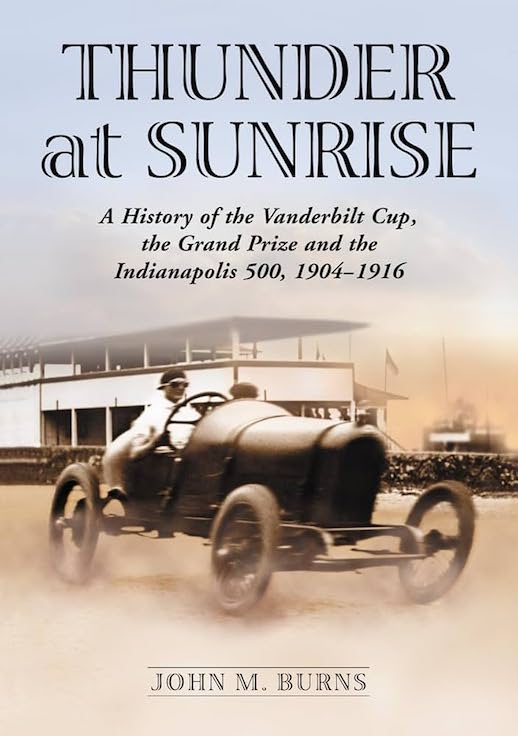

 Phone / Mail / Email
Phone / Mail / Email RSS Feed
RSS Feed Facebook
Facebook Twitter
Twitter